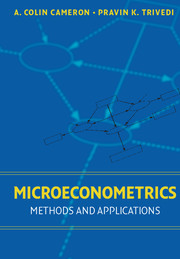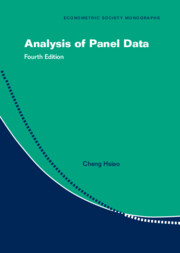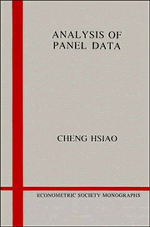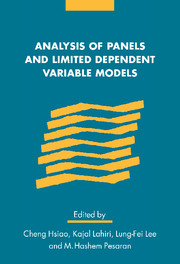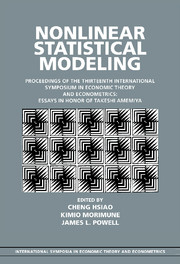Analysis of Panel Data
This book provides a comprehensive, coherent, and intuitive review of panel data methodologies that are useful for empirical analysis. Substantially revised from the second edition, it includes two new chapters on modeling cross-sectionally dependent data and dynamic systems of equations. Some of the more complicated concepts have been further streamlined. Other new material includes correlated random coefficient models, pseudo-panels, duration and count data models, quantile analysis, and alternative approaches for controlling the impact of unobserved heterogeneity in nonlinear panel data models.
- Comprehensive and coherent analysis of panel data methodologies
- Substantially revised from the second edition, with two new chapters on modeling cross-sectionally dependent data and dynamic systems of equations
- Accessible and intuitively written
Reviews & endorsements
Review of previous edition:
"Researchers will find that the insights that they gain from working through the book's tougher sections are well worth the effort. The book remains an indispensable and comprehensive reference for panel estimation methods."
David C. Ribar, International Journal of Forecasting
Product details
December 2014Hardback
9781107038691
562 pages
235 × 157 × 33 mm
0.9kg
7 b/w illus. 9 tables
Temporarily unavailable - available from TBC
Table of Contents
- 1. Introduction
- 2. Homogeneity test for linear regression models (analysis of covariance)
- 3. Simple regression with variable intercepts
- 4. Dynamic models with variable intercepts
- 5. Simultaneous-equations models
- 6. Variable-coefficient models
- 7. Discrete data
- 8. Truncated and censored data
- 9. Cross-sectional dependent panel data
- 10. Dynamic system
- 11. Incomplete panel data
- 12. Miscellaneous topics
- 13. A summary view.


